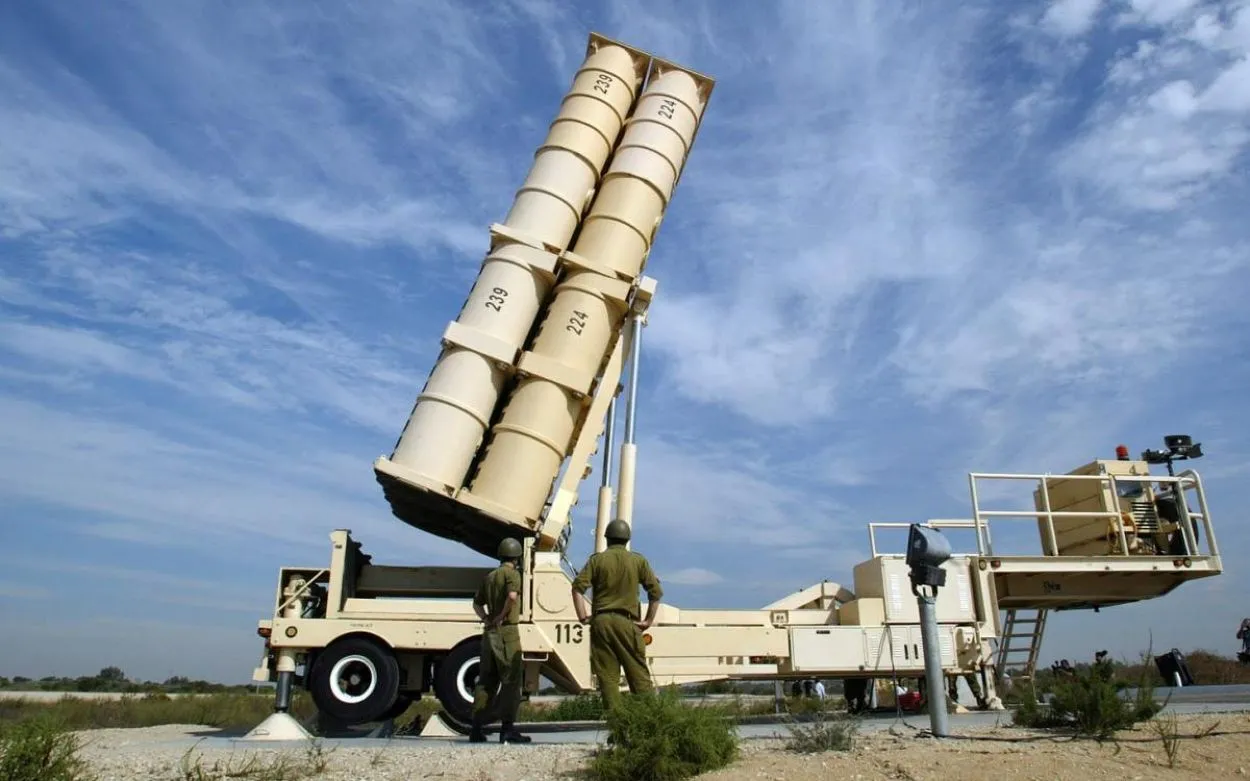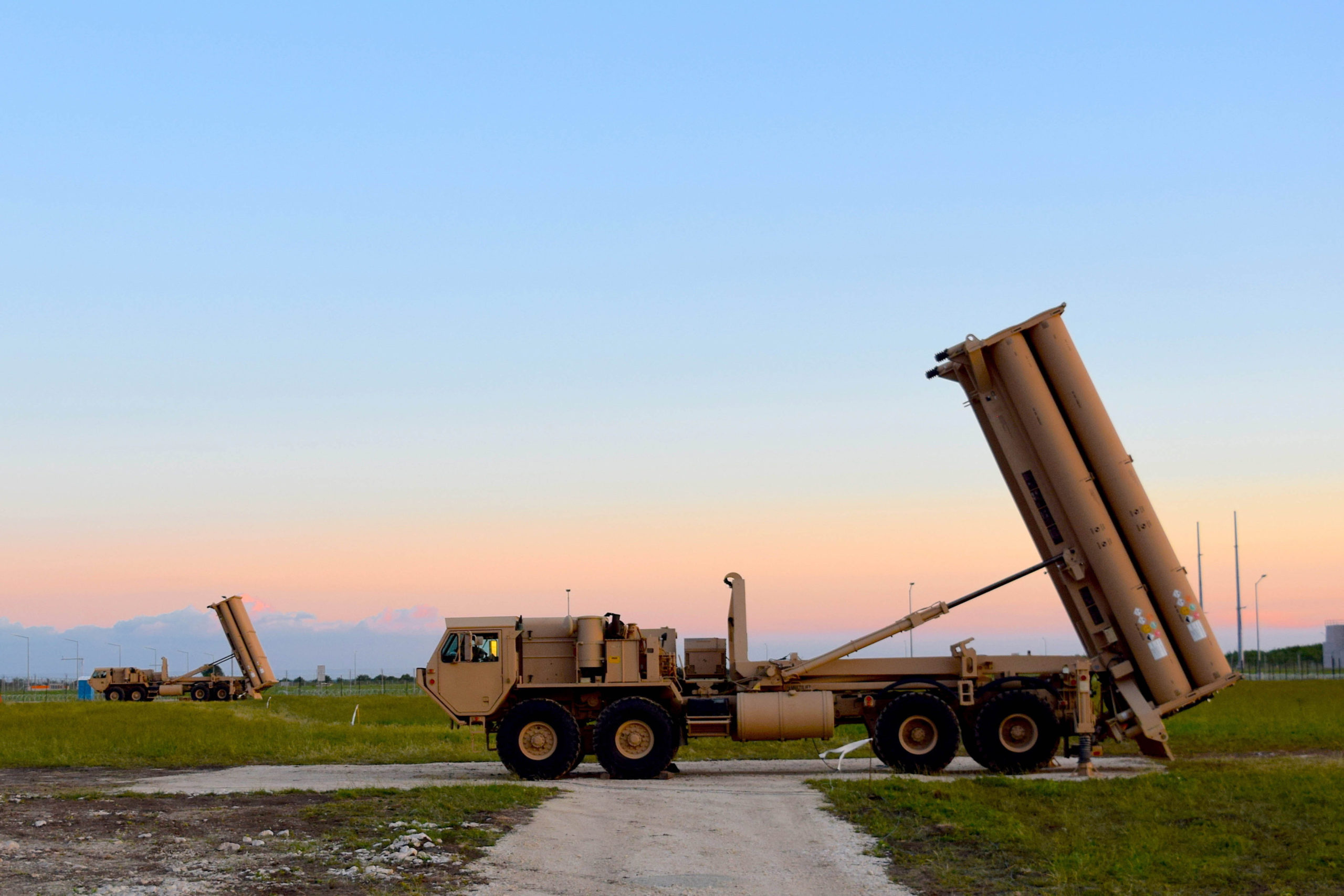Israel faces a shortage of anti-aircraft missiles
15 October, 2024 Patriot missile launches to intercept Iraqi ballistic missiles, Tel Aviv, Israel, February 11, 1991. Photo credits: Alpert Nathan Israel has faced a dangerous shortage of interceptor missiles, which may not be enough to fight off combined strikes by Iran and Hezbollah.
This news was reported by the Financial Times. Israel's three-layer air and missile defense system proved to be an effective defense during the April attack by Iranian proxies, achieving 99% efficiency in intercepting 170 drones, 30 cruise missiles, and 120 ballistic missiles. In October, however, it had less success in repelling around 200 Iranian ballistic missiles: around thirty hit Israel's Nevatim air base, while another one exploded 700 meters away from the headquarters of Israel's foreign intelligence service.
Boaz Levy, CEO of Israel Aerospace Industries, which produces anti-aircraft missiles for the Arrow missile defense system, shared with reporters that the company is working in three shifts to ensure the smooth operation of production lines. "Some of our lines operate around the clock, seven days a week. Our goal is to fulfill all our obligations," Levy said, adding that the time required to produce the interceptor missiles is "not a matter of days." Although Israel does not disclose the size of its stockpile, he added: "It's no secret that we need to replenish our stockpile."
 Arrow-3 anti-aircraft missile system during deployment.
Arrow-3 anti-aircraft missile system during deployment.
Photo by IAI
"Israel's munitions problem is serious. If Iran responds to an Israeli attack and Hezbollah also joins in, Israel's air defense will be stretched thin. The United States cannot continue to supply Ukraine and Israel at the same rate," Dana Strohl, a former senior U.S.
Department of Defense official responsible for the Middle East, stated. The United States has recently agreed to deploy its own high-level missile defense system, THAAD, in Israel to close the gaps in the country's defense against a possible Iranian attack. The system will be used in defense, with American specialists on duty to protect the airspace, along with Israeli Arrow-3.
When the threat subsides, it will be withdrawn.
 THAAD missile defense system during deployment. Photo by MDA
THAAD missile defense system during deployment. Photo by MDA
However, in addition to ballistic missiles that could be launched from Iran, the country faces the threat of massive strikes by drones and shorter-range missiles from Lebanon. The forces of the Hezbollah terrorist group stationed there can hit targets up to 60 kilometers deep in Israel.
"We have not yet seen all of Hezbollah's capabilities. They launched only a tenth of their pre-war missile volley capacity, a few hundred rockets a day instead of two thousand," said Assaf Orion, a former Israeli brigadier general and head of strategy for the Israel Defense Forces. It should be noted that the escalation and massive rocket attacks on Israel took place in response to the elimination of Hezbollah leader Hassan Nasrallah, who had led the movement since 1992.
In response to the strikes, the Israeli government may launch a "limited counterstrike" in retaliation, which could include hitting military targets while bypassing Iran's oil and nuclear facilities to avoid escalation.